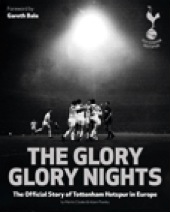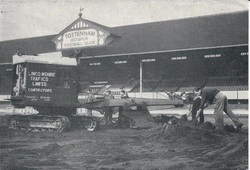 Our next look back at White Hart Lane concentrates on the pitch. We find out what it takes to produce the magnificent pitch but before that we go back to the summer months of 1952 and some discoveries under the pitch. Whilst the ground had grown up around the pitch that John Over had prepared all those years before the actual playing area had suffered. The ground was not draining well and great parts of the ground never experienced sunshine. Slowly over the years the pitch had slowly turned into a mud patch and in bad weather resembled the WW1 trenches with little grass surviving into the winter months. What could be found were often triangles in the corners of the pitch. Not the best conditions for the type of football that Tottenham played. 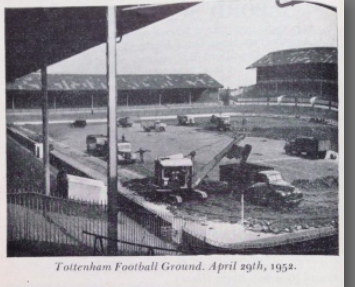 At the time there was a common joke about the pitch that the grounds man did not so much cut the grass as count it. In the early part of 1952 the Board took the decision to call in Sutton and Sons based in Reading to examine the pitch and report back. They discovered that the soil was very heavy in nature and contained large amounts of clay. This meant the pitch was becoming impermeable to surface water and what drainage pipes there were couldn’t cope. The Board took the decision to completely reinvigorate the pitch. This just a year after winning the Championship title. The ground that John Over had laid 53 years earlier and had once been described as good enough to play snooker on was torn up. 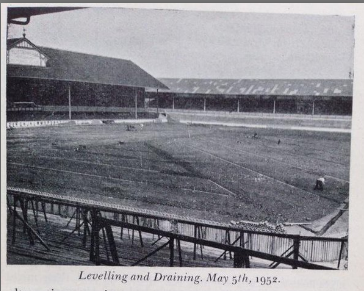 You shouldn’t get the impression the pitch was any worse than many in the league at that time, indeed it was still better than many others. Work starting as soon as the season ended. The last home game being on April 26th. The first step was to bring in mechanical diggers and these removed 3,500 tons of the top soil. This was taken by lorry and dumped on Hackney Marshes. This took four days and brought to light a number of items. Over had used dynamite to clear the old nursery site and worked on a tight schedule. Now it was discovered they was various pieces buried under the pitch. Lead pipes, a concrete tank that had been used to store water and some of the foundations of the old greenhouses. 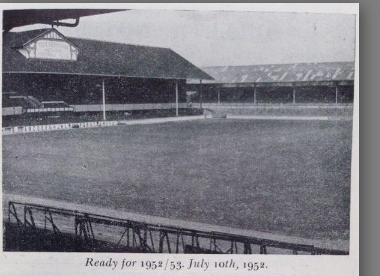 Next the area was ploughed up to a depth of nearly two feet and a crown was placed on the pitch from the center circle. Whilst not being evident from the TV gantry anyone who has visited the ground will have seen this at pitch level.The pitch was then seeded and watered around the clock at first to ensure the grass grew back and in time for the first home game of the new season, August 23th. You will notice that over the summer the front of the mock Tudor gable on the West Stand also underwent a transformation. 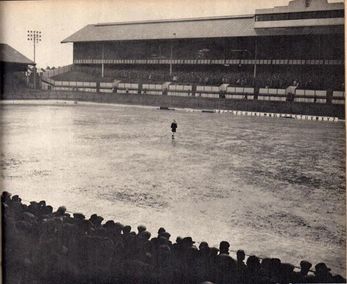 Right - A pitch inspection in 1953. The current head groundsman is Darren Baldwin who in 2013 won Groundsman of the year award. In an interview he said that the role of the groundsman had moved on from the wellington boots / flat cap brigade and the job involved understanding the weather, soil science, photosynthesis and biology. Darren (below) who has been with Tottenham for more than 20 years now said the club had invested heavily in the pitches both at the Lane and at the training center. Anyone who has been lucky enough to visit Hotspur Way will tell you the grounds almost demand you go and kick a ball about on them they look so inviting. In his time with the club the ground staff has grown from three to twenty seven. 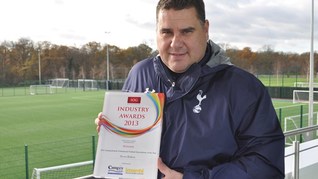 Matchday is of course the busiest day of the week and he starts work about 7.30am, taking out the lightening rigs with the ultra–violet bulbs which provide ‘natural sunshine’ to the grass. The pitch is then double–cut before the goals are set up. Then depending on the weather the irrigation and under soil heating may be required. The pitch is watered to reduce friction. Otherwise the ball can stick the watering allows the ball to zip around more. The guys after the match on mowers are actually vacuum cleaning the pitch to pick up any dead grass torn up during the game. 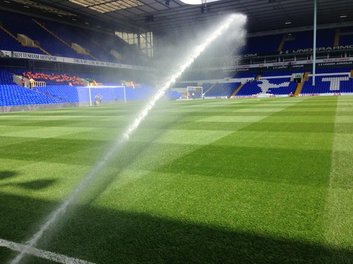 The plastic strands that are sown into the turf to avoid limps being kicked out of the ground. These are renewed every season and that alone is a three day process. For other articles in our salute to White Hart Lane please see below. COYS Keith Harrison. t- Keith 16024542 f- https://www.facebook.com/keith.harrison.9659 You can my full archive at - View Full Bio Previous articles featuring WHL - Under Fire, The Shelf, The White Harts Ground, The Rowels Park, The High Street Ground, Gilpin Park, Star Billing, The Ring, The Edmonton End, The Marsh Lane End, The East Side, Hotspur Towers 58, 33, 16 and 5. Hotspur Towers 50 - The Cockerel, Hotspur 46 - Ground Sharing, Talking Tottenham - At The Lane, White Hot Lane, Come All Ye Faithful, There is also the Milestones series running on Facebook. Thanks to - Tottenham & Wood Green Journal. Darren Baldwin.
0 Comments
Leave a Reply. |
Features
Flying Down to Rio History of T.H.F.C. Tribute to Bill Nicholson Talking Tottenham Early Legends The Road to Turin International Connections Hotspur Towers Most Read Articles
The 100 Year War Interview with Marina Sirtis A Long Dark Shadow By Royal Appointment School Report: An Insight into the Younger Eric Dier Dear Jimmy All Change At Spurs Hotspur Towers History Of THFC: Part 1 Passage to India: Rohan Rickets Thanks For The Memories Our Tommy Carroll The AVB Files: Part1 The Lilywhites You The Jury The Hand Of Hugo Connection - Argentina Creating a Reputation One Hotspur Archives
August 2018
Categories
All
|
 RSS Feed
RSS Feed
